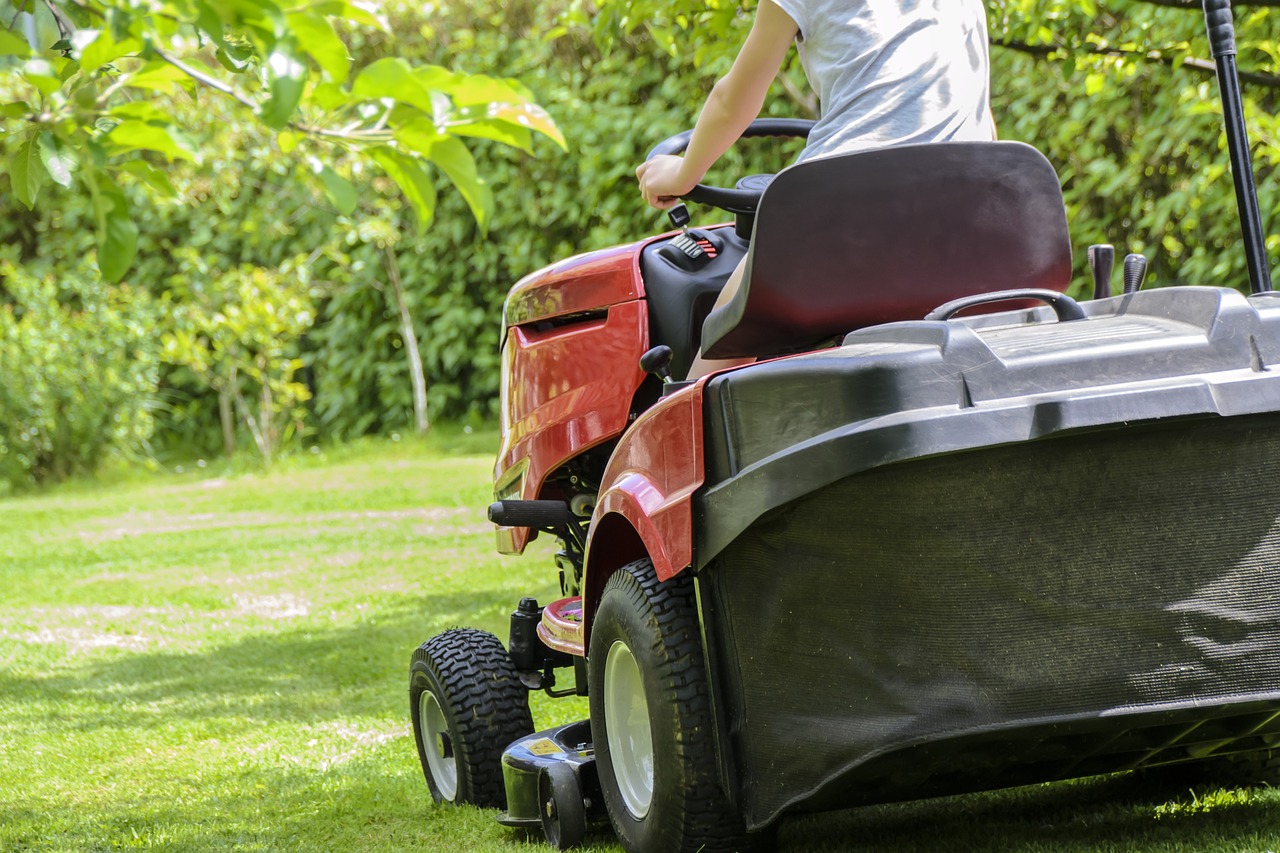No, planting cucumbers is not tricky at all! All you need to do is simply follow a series of guidelines that will make their conditions optimal for their development. Cucumber, also known as Cucumis Sativus, is an annual plant that belongs to the cucurbit family. It is a common crop in the garden in spring and summer, and although it can sometimes be complex to grow, it is one of the most rewarding and productive results when we do things right. Let’s check out these tricks to enjoy the best cucumber harvest!
#1. Prepare the Soil Well
To plant cucumbers, you need well-drained soil with a pH between 5.5 and 6.8. Therefore, a suitable substrate is indispensable. It is also essential to apply a good dose of fertilizer, worm humus or a good compost in the soil, growing table or pot where you will plant them since they are very demanding in nutrients.
#2. Sowing at the Right Time
Cucumber seeds do not germinate until the soil temperature reaches about 15 or 16 degrees Celsius. Usually, cucumbers are grown in spring, but if you live in an area where the climate is cooler, we advise you to wait for a little until the cold subsides or sow them in a seedbed indoors soil temperature rises a few degrees.
Extra Tip: Perform the second sowing after 4 or 5 weeks after the first one. This way, you will have cucumbers all season long. Isn’t that great?
#3. Ensure Pollination
Like the rest of the cucurbits, Cucumbers have male and female flowers, requiring the latter to be pollinated to guarantee fruit production.
What Can Be Done to Guarantee the Pollination of the Female Flowers?
Plant at Least Two or Three Plants of the Same Variety: This way, you will have more chances of the male and female flowers matching in time. It attracts bees and bumblebees; we will never tire of talking about the virtues of these tireless pollinators. Planting flowers that attract them and avoiding pesticides are some of the things you can do to attract bees and bumblebees.
Pollinate by Hand: With a brush, you can collect the pollen from the male flowers and sprinkle it on the female flower (you will distinguish it by the presence of a “mini-comb” at its base). It is laborious work, but sometimes it is essential to obtain a good harvest.
Use Fertilizers Rich in Potassium: Since they favour flowers’ production, you will have more pollination chances. By the way, fertilizers rich in Potassium will give you bigger harvests and better quality fruits. You can read it in the post: tricks to improve the taste of your crops.
#4. Use a Protection Tunnel
These accordion greenhouses with metal arches are efficient. They are spacious enough to give shelter to the cucumber plants and keep the temperature inside during the first weeks of spring. When the first flowers start coming out, it will be time to remove the protective tunnel and store it until the next season. In this way, we will not prevent the pollination of the flowers.
#5. Avoid Waterlogging the Soil
Cucumbers do not like waterlogged soils for different reasons. One of them is the appearance and spread of pests such as powdery mildew and mildew.
#6. Protect Them From Excessive Heat
Too much summer heat? While cucumbers like heat, way too high temperatures will cause more male flowers to come out than female ones, causing a decrease in production. If the summers are too hot in your area, place them where they have some shade during the hottest hours. Use an umbrella or simply cover them with a white sheet reflecting sunlight for a couple of hours a day.
#7. Use Padding
Water does not evaporate, reducing the need for irrigation. Therefore, maintain the soil at a stable temperature, avoid cooling and overheating (just as cucumbers like). Most importantly, be sure the fruits don’t rot (this can occur when they are in direct contact with the soil). Use a black plastic pad, which is ideal for cold seasons since it absorbs solar radiation better and retains water.
#8. Uses Crop Rotation
Avoid planting cucumbers in places where you have already done so. They are very voracious in nutrients and would exhaust the resources of the soil after a few seasons. Besides, planting the same crop year after year in the same place gives rise to the plagues suffered one year and reproduced the next. Find a new spot for the cucumbers and leave the space of the previous year for green leaf crops (lettuces, chards, endive), leguminous crops (beans and peas that will bring back Nitrogen to the soil) or root crops (garlic, onions, radishes).
#9. Plant Cucumbers Vertically
If you have a small space or simply want to have cucumbers in a pot, you will have no problem. To plant cucumbers in pots, you need a minimum volume of 20 litres, like this big pot. The cucumber plant is very expansive, it takes up a lot of space, but by growing it vertically, this is no longer a problem but an advantage. Using nets, stakes and lattices, we will get them to take up less space and also, the cucumbers will be better ventilated so they will be less susceptible to be attacked by fungi such as oidium and mildew. On the other hand, cucumber harvesting will be much more comfortable. And we can take advantage of the shade they generate to grow those varieties that suffer more from the summer sun and enjoy some shade, such as lettuce or arugula.
#10. Harvest Cucumbers While They Are Still Young
It is better to harvest them before they get too big (seven to nine inches long) and have a bright dark green colour. That’s because they taste better. Besides, this way, the plant is encouraged to generate new fruits, and you will have cucumbers for longer.


